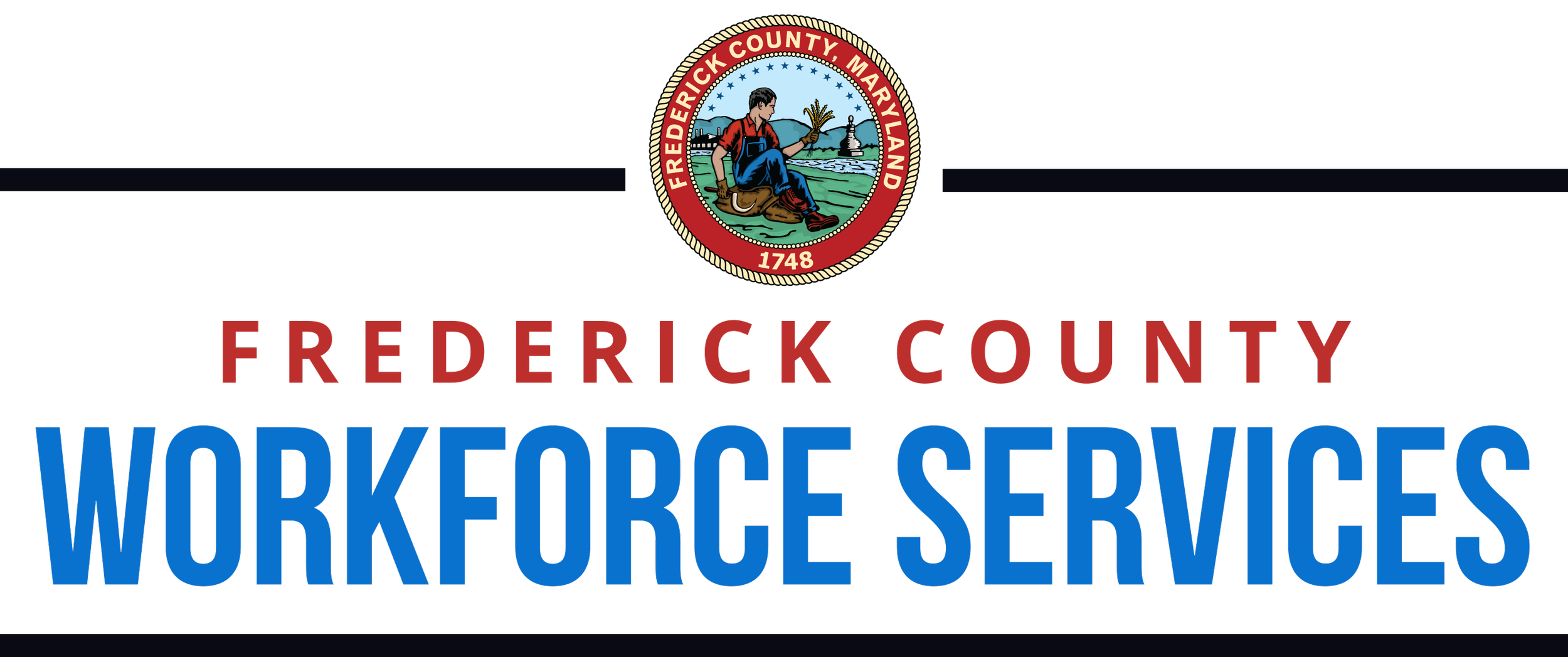The Source Resume
Question:
Someone recommended that I write a source resume. They said it’s like a brainstorm, or a reference document, but I shouldn’t send it to an employer. This sounds like a lot of work for nothing. Why should I write a resume that isn’t going anywhere?
Answer:
You should do it because making a source resume will make your life easier.
As you heard, the source resume does not go to an employer; it goes to you. It’s your reference document. It gathers up everything you’ve ever done: all your roles, tasks, accomplishments. It doesn’t need to be in any specific format; organize it in a way that makes sense to you.
You might start with the easy part: your contact information. This should include your name; your city and state (not street address anymore); a phone number (one is enough, and there’s no need to specify whether it’s home or cell); and your email address, with a professional-sounding name (Fluffy2009@aol.com is not recommended.) If your LinkedIn profile is up-to-date, include your LinkedIn URL (without the numbers at the end.)
Next, add the job title you’re looking for, or a short branding statement that includes the job title (e.g. “Administrative Assistant, controlling the chaos in the office.”)
The most important part of the final resume is the professional profile. You could call it “Highlights of Qualifications” or “Career Summary” or just “Professional Profile.” This is a collection of your greatest successes that are relevant to the job you’re trying to get. Don’t be humble; remember that the employer doesn’t know you, or why you are the perfect person for the job. You have to tell them. If you can include any numbers in the accomplishments, it helps us understand how important it is.
You’ll want to be sure the work history is accurate, so go back to any records you have. You’ll want the job title you held, the name of the company, the city and state where it’s located, and the years you worked there. The job application might also want the name and contact information of your supervisor; so it’s good to include that, even though it doesn’t go in a resume. Identify any successes you had, especially those that might be useful in your next job.
You’ll probably also need an education section. Usually you don’t need to account for high school; employers usually assume you got that diploma. If you have a degree, list the abbreviation (BS, BA, MSEE, etc.), the name of the school, and its location. If the degree is less than five years old, add your graduation year; otherwise leave it off the resume (but it might be useful for your collection of information.) In the case of an incomplete degree, list what you do have: e.g. “18 credits toward AA in General Studies.” Certifications count too; in many cases, they are more valuable than a degree.
You may want other sections, if they’re relevant to the job you want: volunteer work, professional associations you’re involved with, awards, military history. While you’re gathering information, you might as well get it all.
The source document doesn’t need to be formatted any special way, and can be as long as you want. In the early stages, you can just write down thoughts as they come to you. As long as you can find the information you want in it, it’s fine. You’ll need to adapt it for each job you apply for anyway.
Yes, this is a lot of work. But the work you do at the beginning of the process will save you weeks, maybe months, of job search later on. Take the time to work through the steps. It will serve you well.
